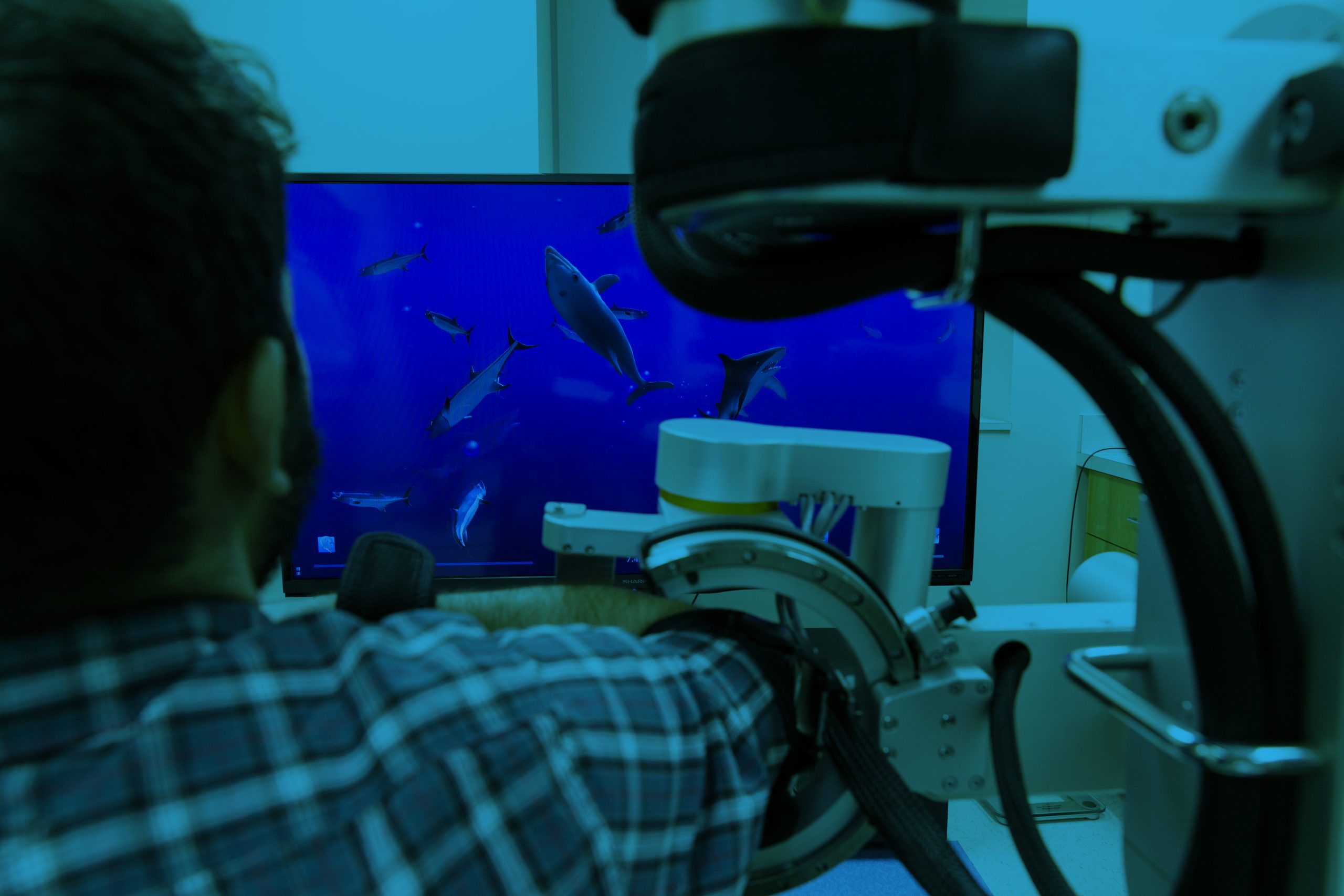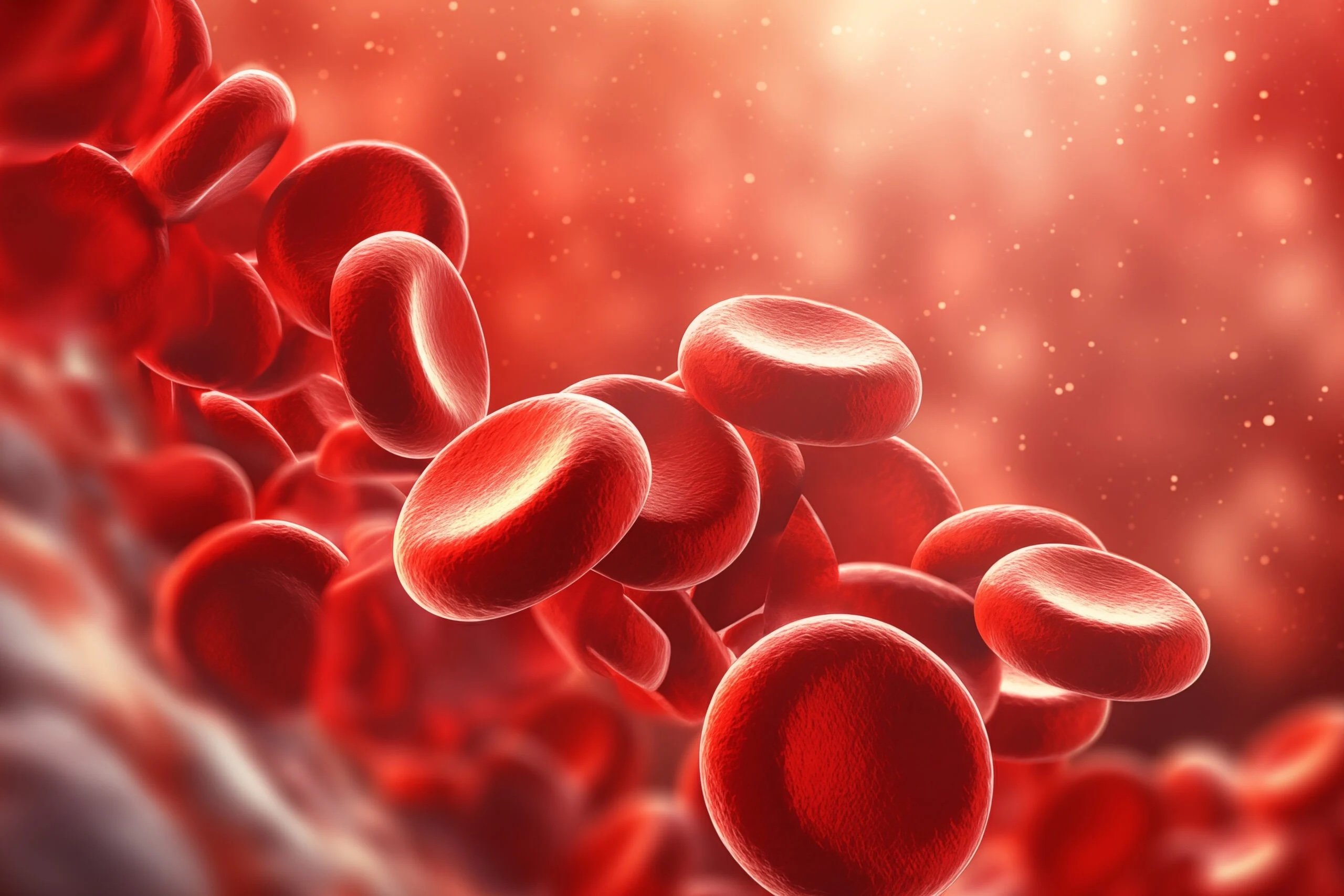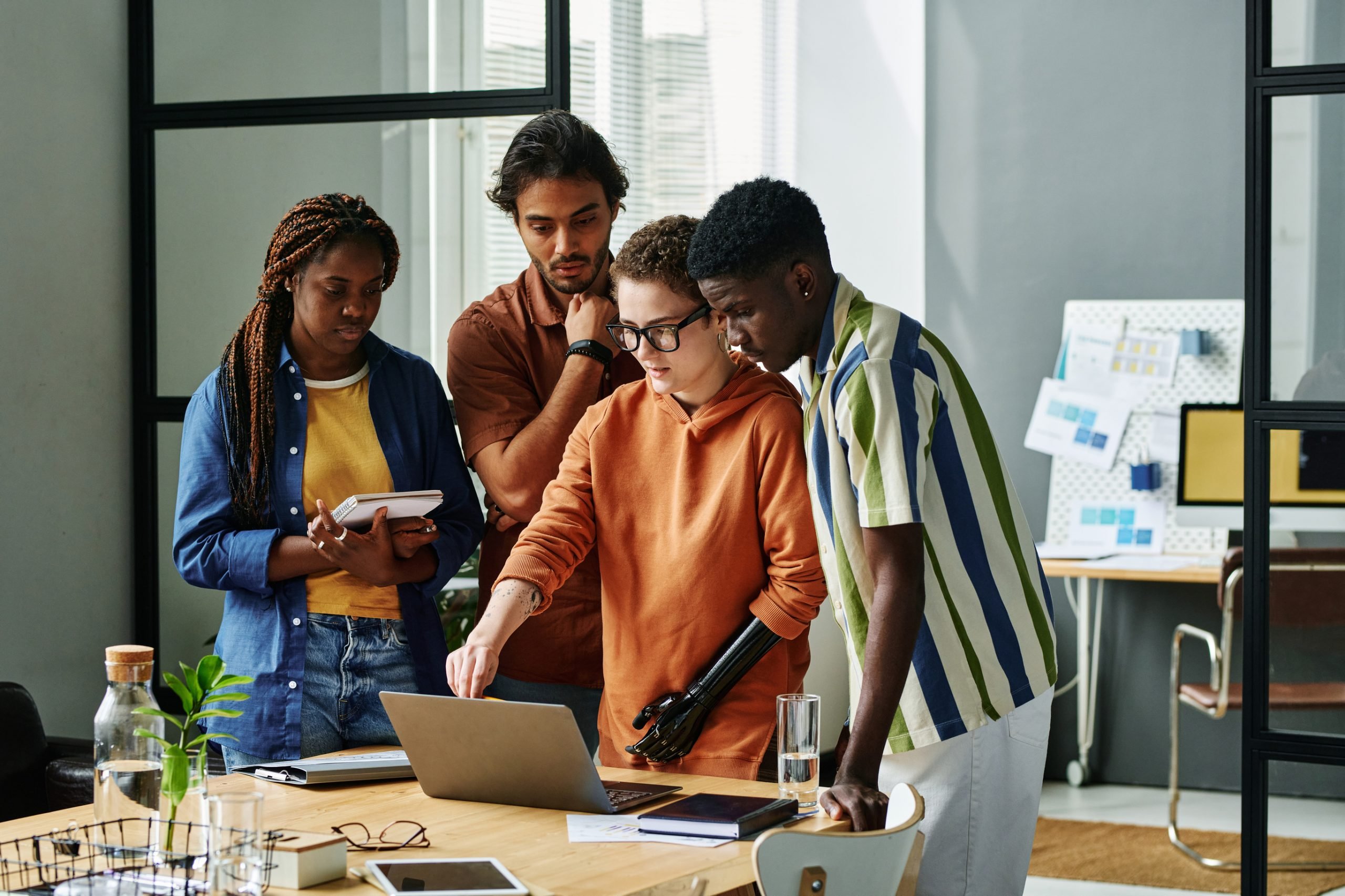A new study by Hopkins researchers finds that doctors’ diagnostic performance and trust in AI advice depends on how the... Read More
Researchers
John Krakauer
Related Projects
“Bandit the Dolphin” for Aging Adults
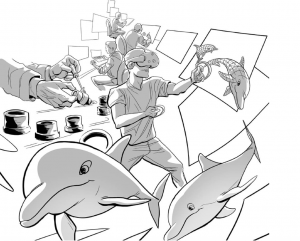 Researchers from the Kata Design Studio, in collaboration with clinicians from the Johns Hopkins Department of Neurology, are developing an immersive, interactive 3-D game called “Bandit the Dolphin.”
The game is a fun, safe training tool that can help aging adults maintain or...
Researchers from the Kata Design Studio, in collaboration with clinicians from the Johns Hopkins Department of Neurology, are developing an immersive, interactive 3-D game called “Bandit the Dolphin.”
The game is a fun, safe training tool that can help aging adults maintain or...
Hand Dexterity Rehabilitation
Recent studies show that hand dexterity and strength recover mostly within the first three months after stroke, and that these two critical components of hand function are supported by separate biological systems. However, in most stroke patients, dexterous hand function does not fully recover with the standard rehabilitation therapy. These...
Human-Machine Teaming for Medical Decision Making
Machine intelligence presents opportunities to increase human work productivity and quality. The team will investigate effective teaming between humans and intelligent machines, similar to effective human-human teamwork, with a special focus on how human-machine teaming can be applied to medical decision making. Awarded by NSF’s “Future of Work at the Human...
Socially-Assistive Robots
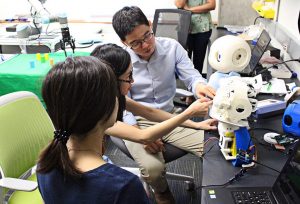 We build intuitive, interactive technologies to provide social, physical, and behavioral support for people. We investigate how these technologies can help aging adults and special needs populations, such as children with autism spectrum disorders....
We build intuitive, interactive technologies to provide social, physical, and behavioral support for people. We investigate how these technologies can help aging adults and special needs populations, such as children with autism spectrum disorders....
Related News
The $1.7 million grant from the Bill & Melinda Gates Foundation will help the researchers to develop a low-cost point-of-care... Read More
A Johns Hopkins team develops a way to personalize antiretroviral therapy to reduce side effects.... Read More
Researchers urge the greater prosthesis engineering community to listen to end users' actual needs.... Read More
